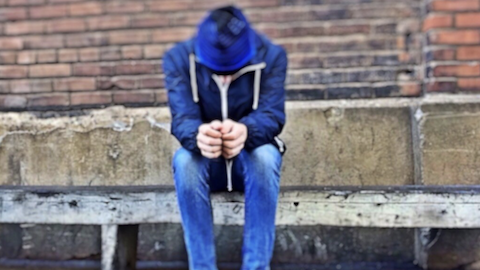Violent victimization

The National Crime Victimization Study is the nation's primary source of representative data on criminal victimization. Administered by the Bureau of Justice, the NCVS began to include information on respondents' gender and sexual orientation in 2017, with notable findings: LGBTQ+ persons were found to be nearly 4 times more likely to experience violent crime than non-LGBTQ+ persons. The rates were even higher for LGBTQ+ women, who were found to be at 5 times greater risk for violent victimization than non-LGBTQ+ women.
The finding that LGBTQ+ persons are at greater risk for experiencing violence, both at the hands of strangers and from persons well-known to them, has been a consistent finding in the NCVS since that data began to be collected. "It is clear that LGBT people are at greater risk of violent victimization, but the question is why," states Andrew R. Flores, lead author of a 2020 report published in Science Advances. “One plausible cause is anti-LGBT prejudice at home, work, or school, which would make LGBT people particularly vulnerable to victimization in numerous areas of their everyday life" (Flores et al, 2020).
Featured Content:
Read the full report published in Science Advances.
Victimization rates and traits of sexual and gender minorities in the United States
Check out the most recent data published by the Bureau of Justice Statistics.
Violent Victimization by Sexual Orientation and Gender Identity, 2017-2020
References:
- Flores, Andrew R. et al. (2020). Victimization rates and traits of sexual and gender minorities in the United States: Results from the National Crime Victimization Survey, 2017.Sci. Adv.6. https://www.science.org/doi/10.1126/sciadv.aba6910?fbclid=IwAR01oLZW1XfpYlZIif_XRxOTzgBjmddp6ML9zTl6...
- Truman, Jennifer L. and Rachel E. Morgan. (June 2022). Violent Victimization by Sexual Orientation and Gender Identity, 2017-2020. Bureau of Justice Statistics. https://bjs.ojp.gov/content/pub/pdf/vvsogi1720.pdf
